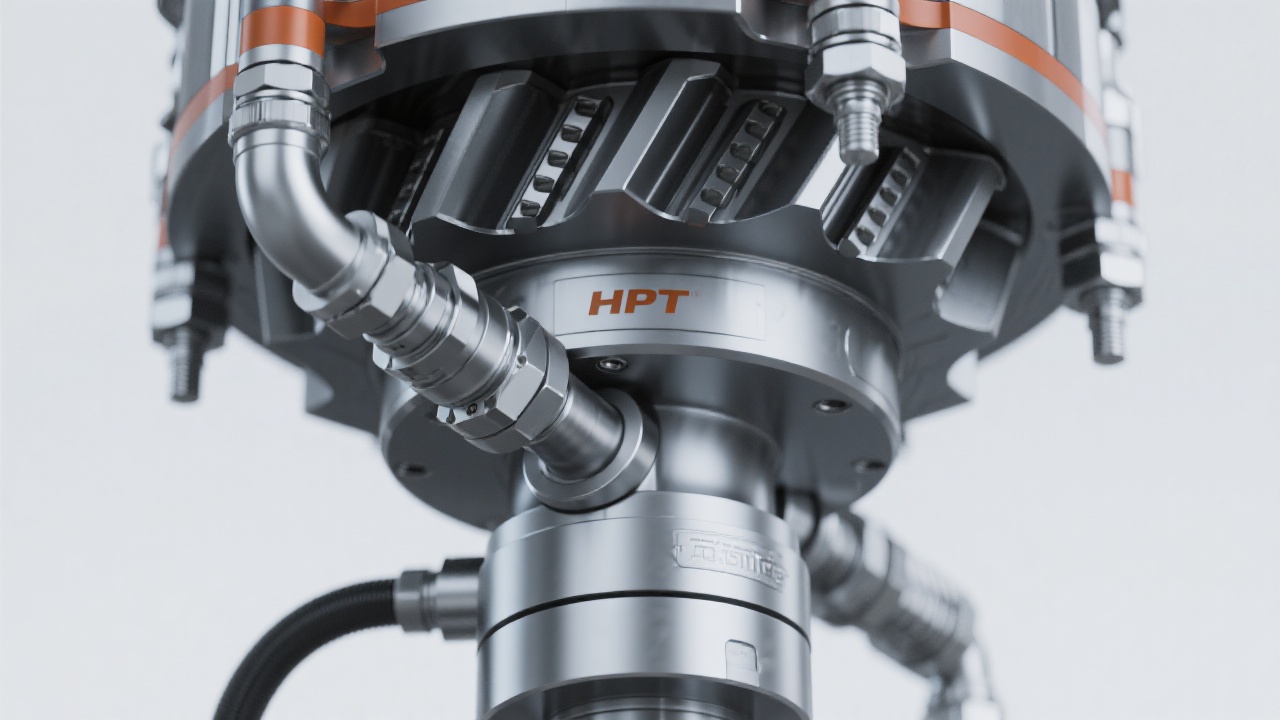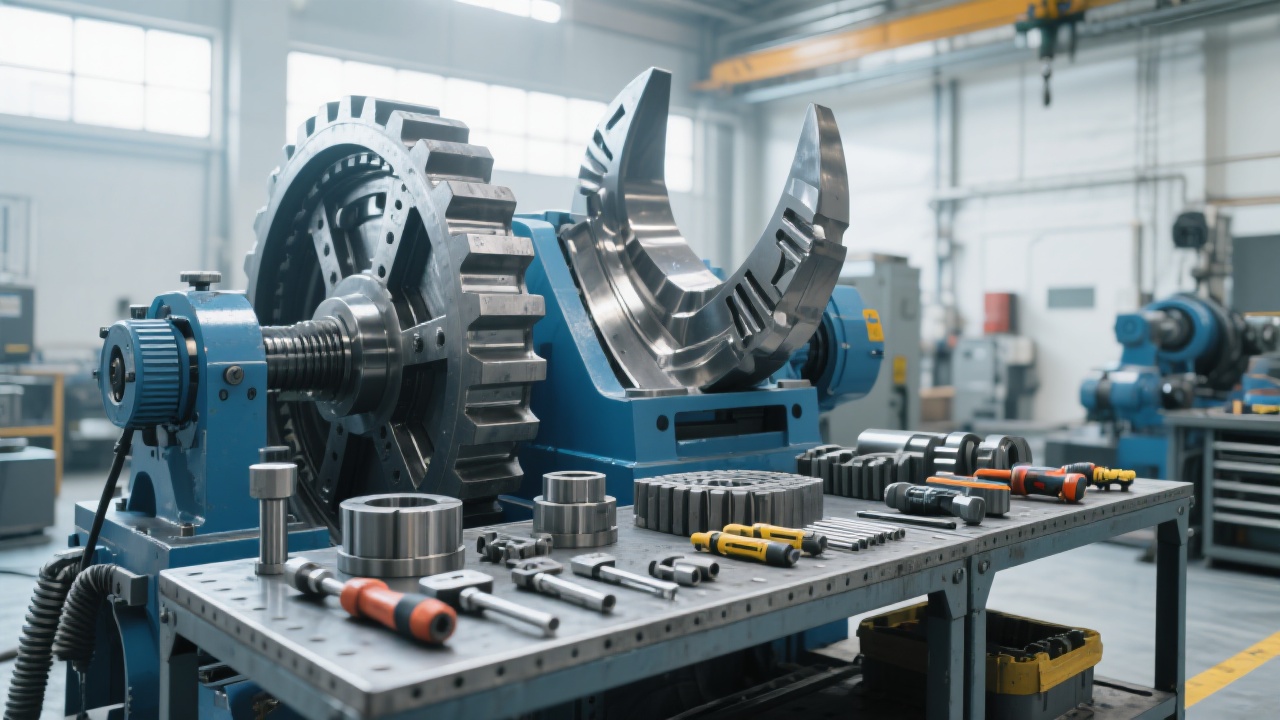
In modern industrial applications, particularly in construction waste recycling and railway transport infrastructure, efficiency and sustainability are paramount. The Zhengzhou Mineral Union Machinery Co., Ltd.'s PEW Jaw Crusher introduces a pioneering 'V'-shaped crushing chamber design that significantly enhances throughput and reduces energy consumption. This meticulously engineered geometry optimizes ore breakage mechanics, ensuring a higher crushing ratio while maintaining operational stability. This article delves into the critical impact of the chamber geometry on crushing performance, accompanied by domain-specific optimization tactics adapted to varying ore hardness and particle size.
The PEW jaw crusher's 'V' shaped crushing cavity modifies the traditional crushing chamber by introducing a specially calculated geometric configuration. This configuration directly affects the material flow and jaw plate interaction, leading to an increase in the material's compressive forces and allowing for more effective fragmentation.
Technical analysis indicates that this 'V' shape facilitates a uniform material distribution along the crushing chamber's length, reducing localized wear and elongating component lifespan by up to 30%. Furthermore, energy efficiency is boosted by approximately 15%, as the crushing mechanics reduce the required motor power without compromising throughput.
Different applications necessitate tailored crushing chamber configurations. For example, in recycling construction debris where material hardness fluctuates broadly, the PEW crusher accommodates adjustable cavity parameters to maintain optimal crushing pressure. For standard medium-hard ores (Mohs hardness 5-7), a cavity width-to-depth ratio of approximately 1.2 is optimal, achieving a throughput increase of up to 20% compared to conventional models.
Conversely, in railway track ballast manufacture requiring uniform particle morphology, a tighter cavity geometry ensures consistent granularity while maintaining throughput. Data from plant trials reveal particle size distribution deviations reduced by 12% with customized 'V' chamber settings implementing 25° to 28° nip angles.

In a leading construction waste recycling facility, integrating the PEW jaw crusher led to a documented 22% increase in processing capacity, reducing operational energy costs by 18%. The improved crushing chamber expedited the breakdown of mixed-material debris, including concrete and asphalt, achieving particle sizes suitable for secondary road base applications.
Similarly, within railway transport sectors, the crusher exhibited remarkable adaptability by handling hard stones used for ballast with minimal downtime. Routine wear part replacement periods extended by 35%, directly correlating to the device's optimized crushing chamber design mitigating undue mechanical stress.

To maximize operational uptime and equipment life, understanding and promptly addressing common faults is vital. Typical issues include uneven wear of jaw plates and inconsistent feed leading to chamber blockages. The 'V' shaped chamber, by design, minimizes these through smoother material flow; however, scheduled inspections every 500 operational hours are advised.
Preventive maintenance strategies include monitoring lubrication systems for jaw motion mechanisms and verifying cavity parameter stability via dimensional checks to avoid performance degradation. Incorporating sensors that track operational loads can preempt failure modes, aligning with Industry 4.0 smart factory aspirations.

The PEW jaw crusher exemplifies how innovative engineering directly translates into tangible economic and environmental benefits. By optimizing the crushing chamber geometry tailored to industry-specific needs, it conserves energy, enhances throughput, and reduces waste generation.
These attributes empower enterprises in construction waste recycling and railway operations to meet increasingly stringent sustainability criteria without compromising productivity or equipment reliability.



.jpg?x-oss-process=image/resize,h_800,m_lfit/format,webp)

.jpg?x-oss-process=image/resize,h_800,m_lfit/format,webp)



